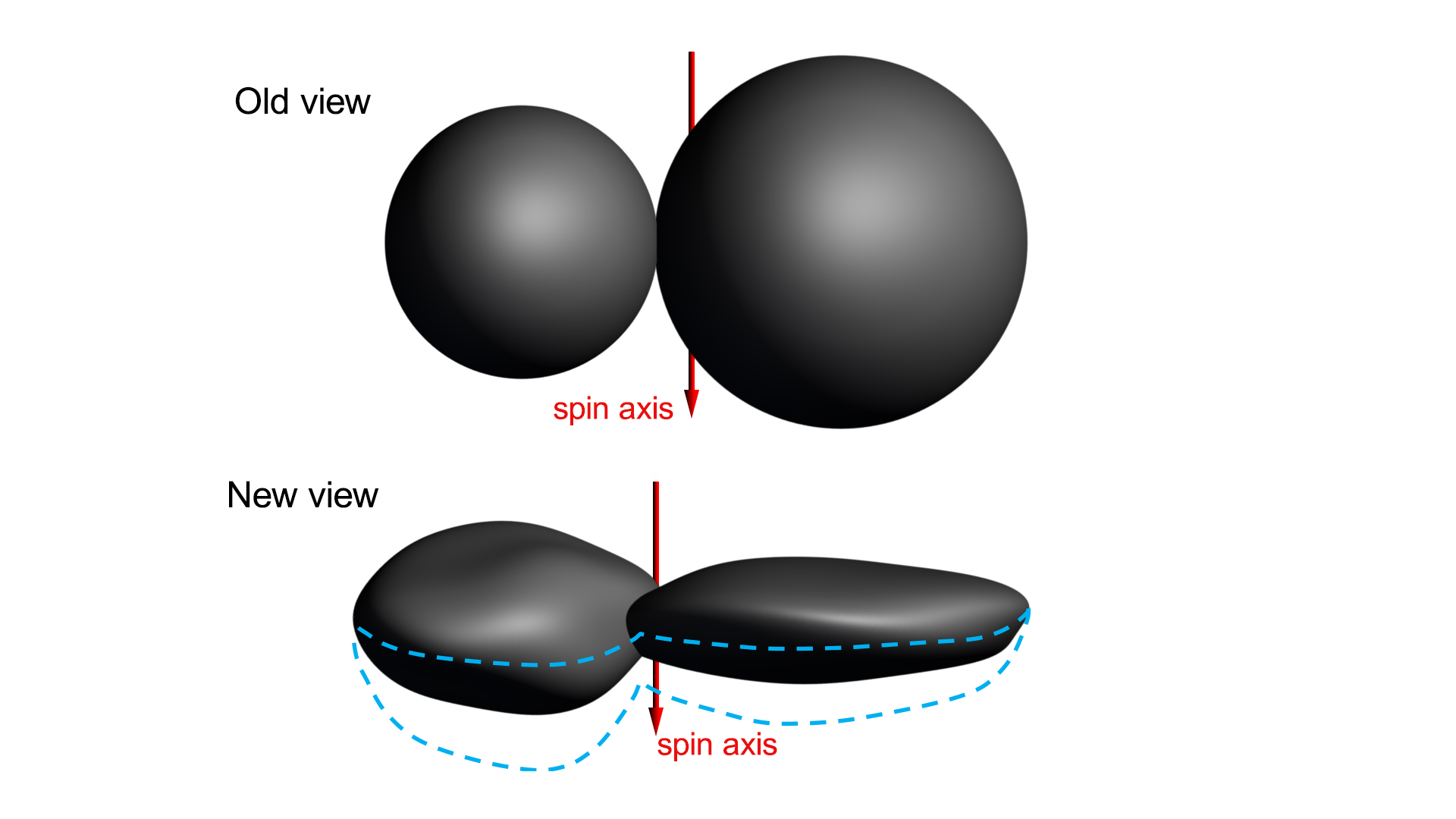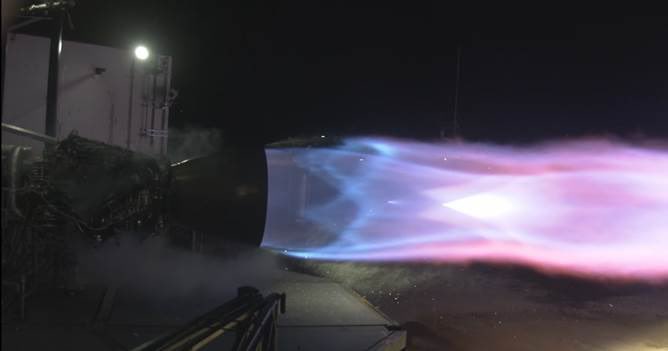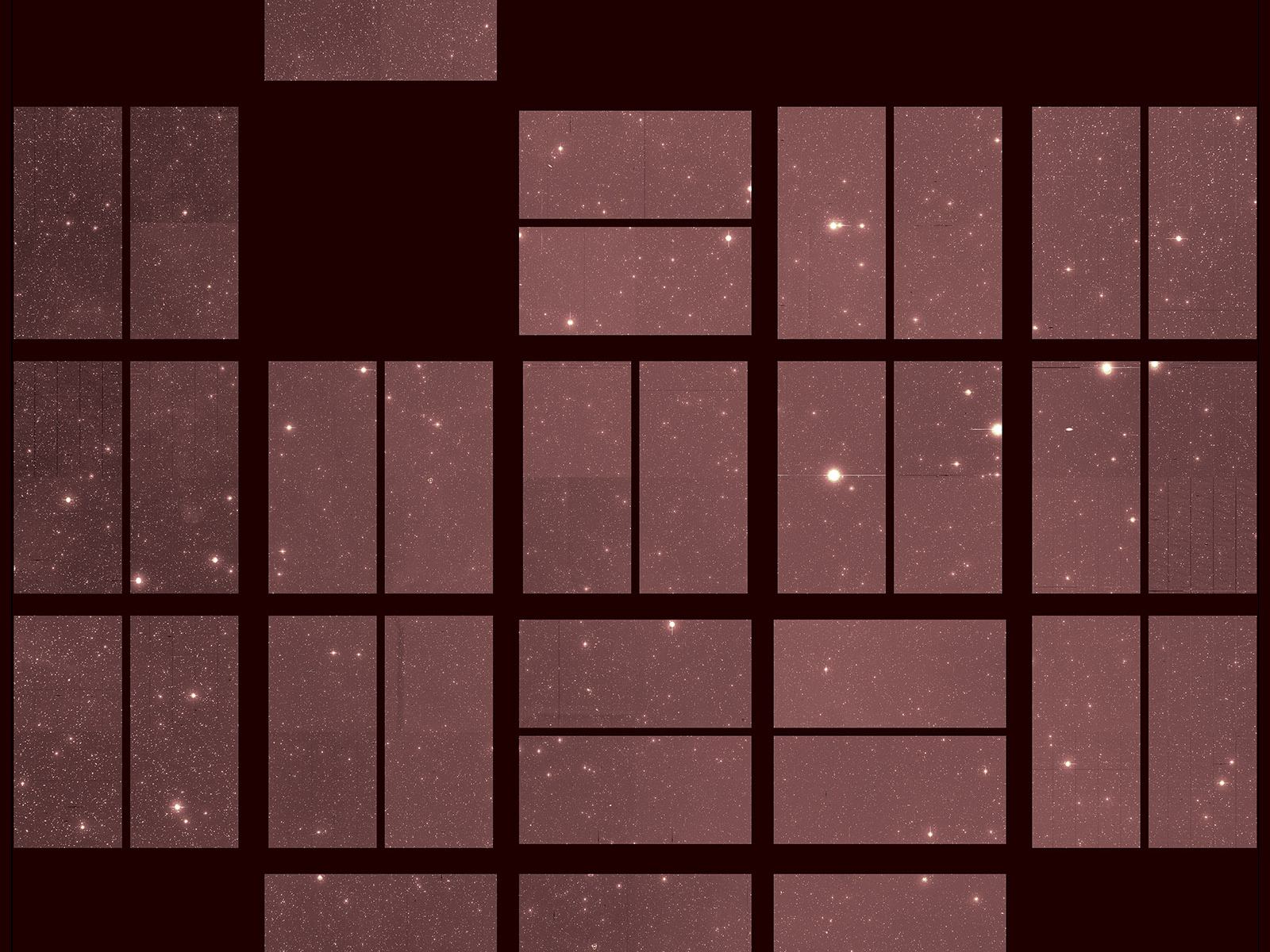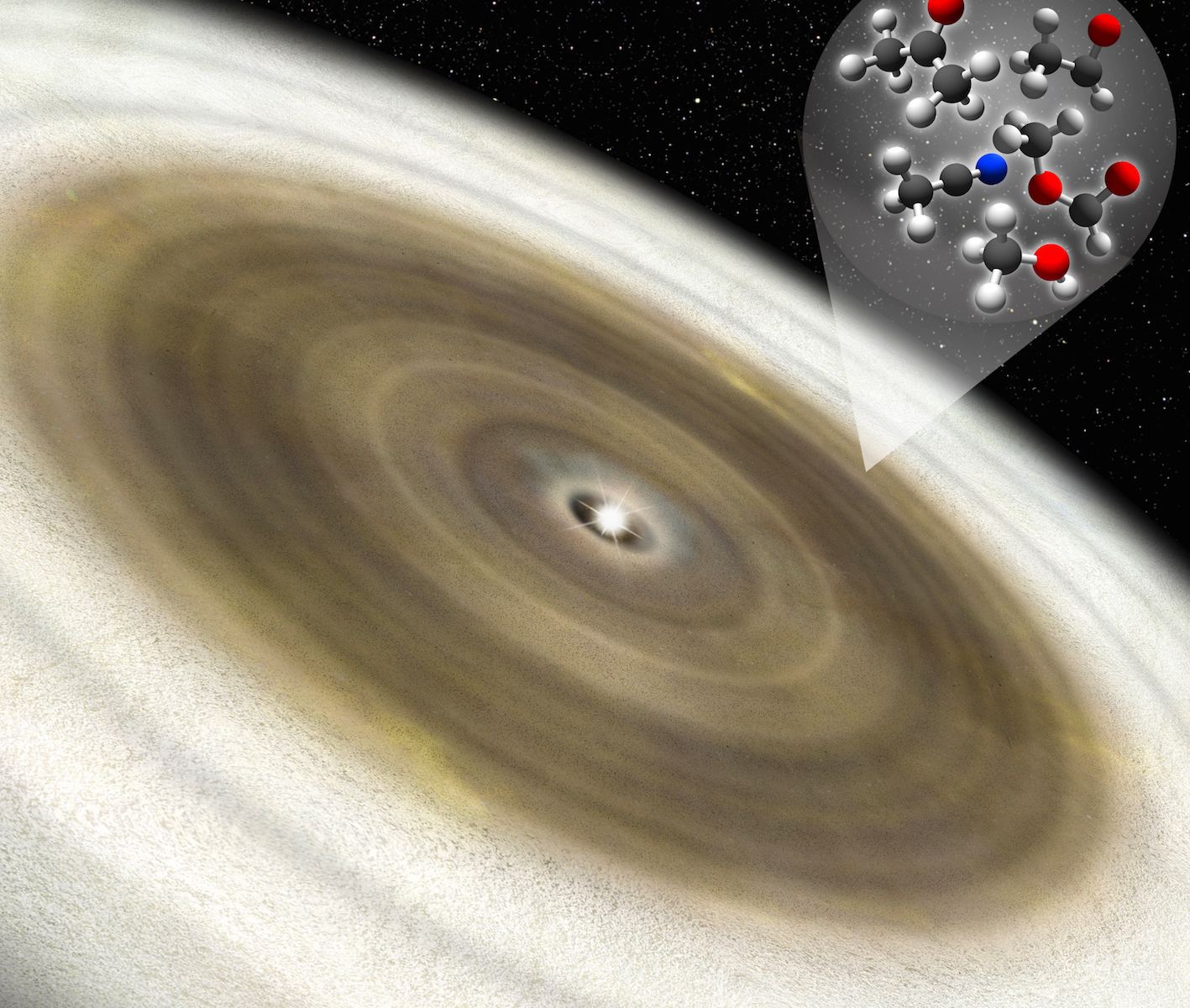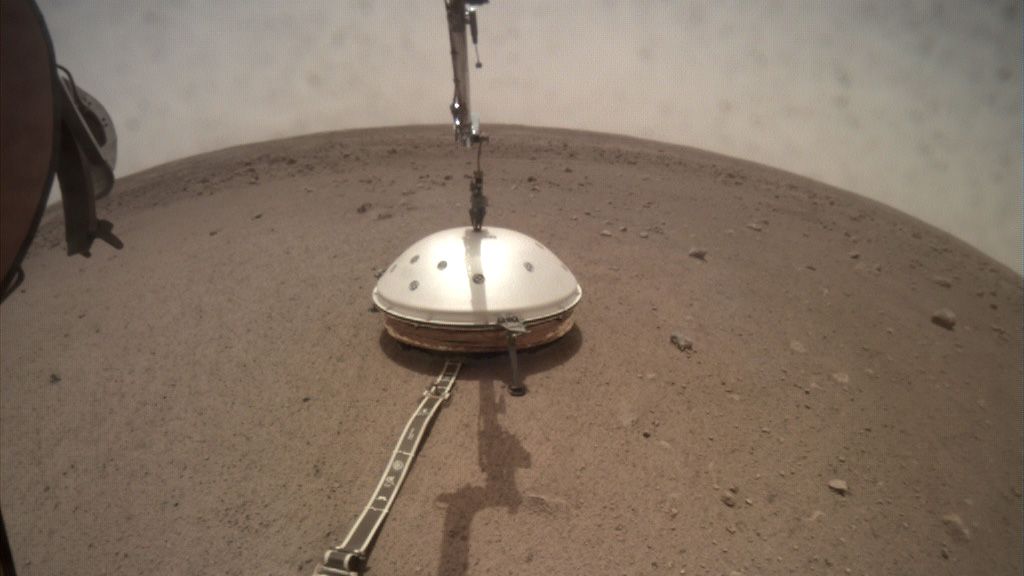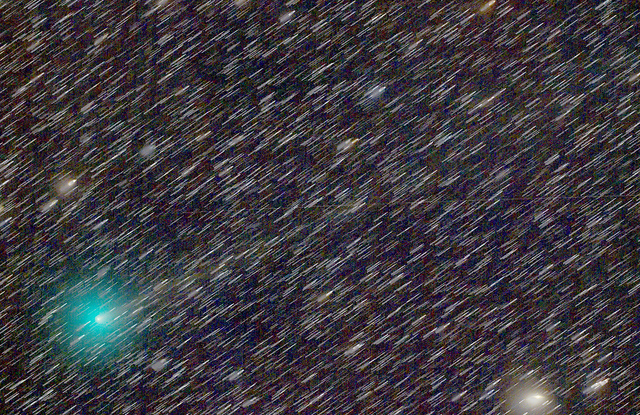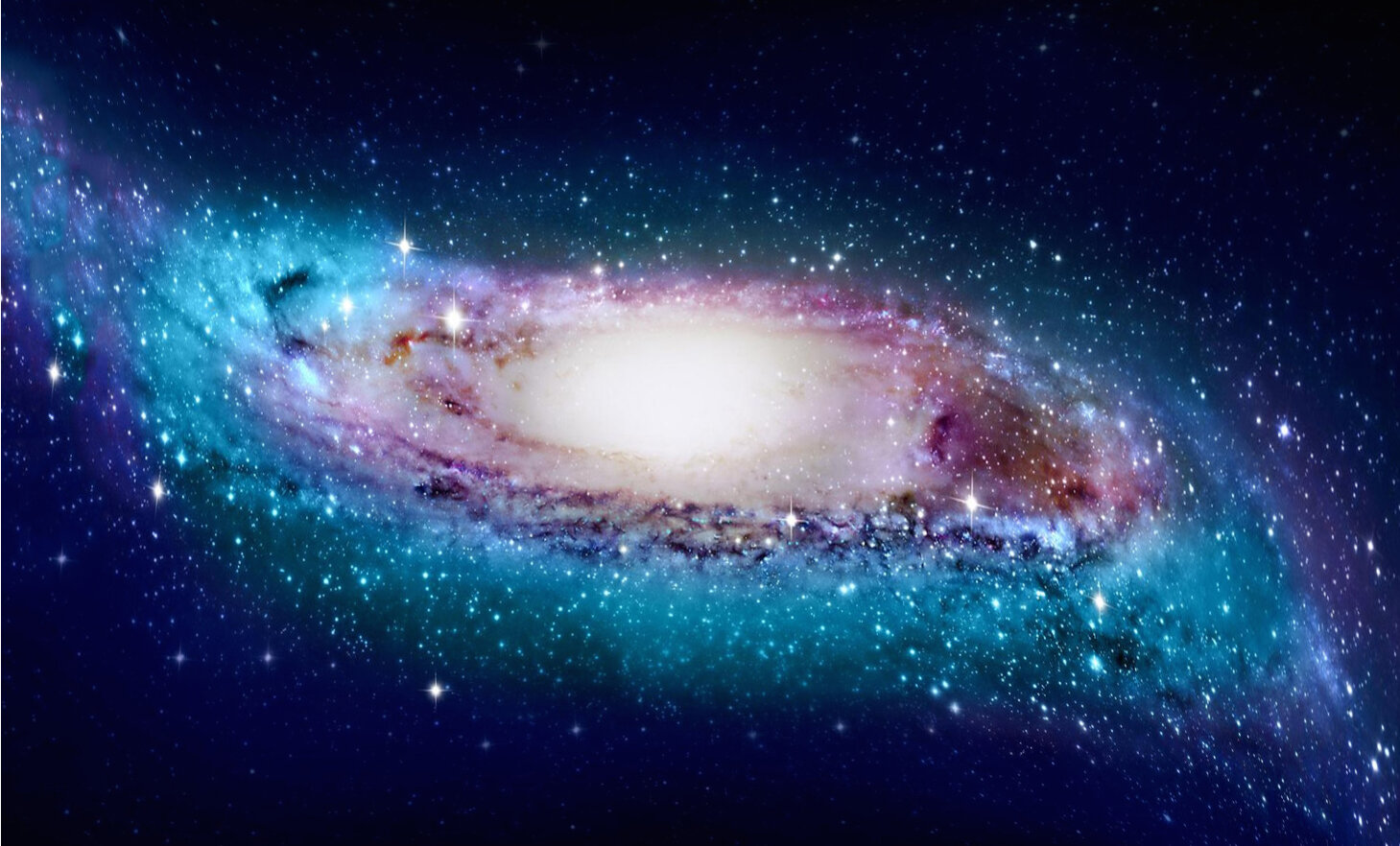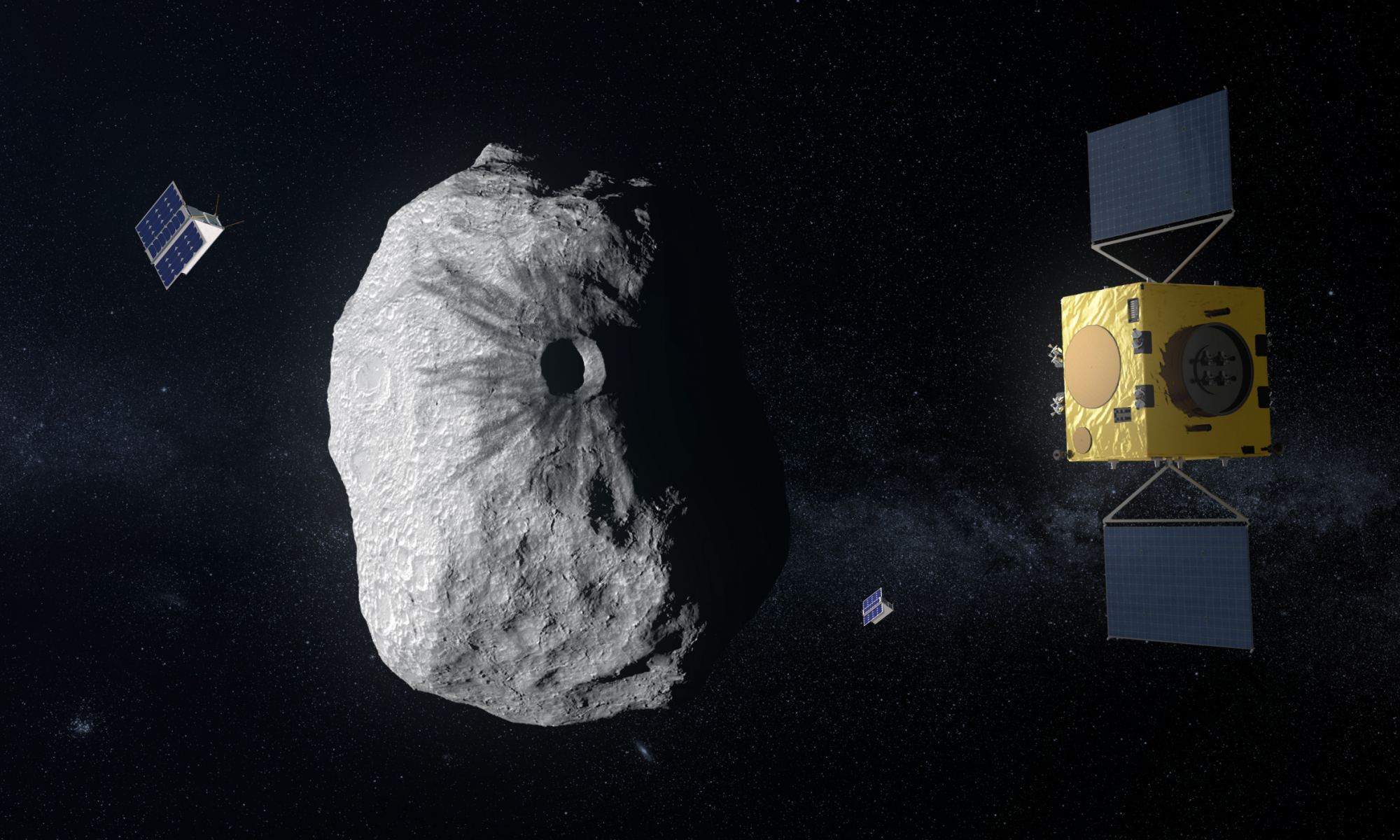On December 31st, 2018, NASA’s New Horizons mission made history by being the first spacecraft to rendezvous with the Kuiper Belt Object (KBO) named Ultima Thule (2014 MU69). This came roughly two and a half years after New Horizons became the first mission in history to conduct a flyby of Pluto. This latest encounter led to some stunning images of the KBO as the spacecraft made it’s approach.
But of course, these were not the last images New Horizons was going to capture of this object. While making its flyby of Ultima Thule on New Year’s Day, the spacecraft took a number of images that revealed something very interesting about Ultima Thule’s shape. Rather than consisting of two spheres that are joined together, Ultima Thule is actually made up of two segments – one that looks like a pancake, the other a walnut.
Continue reading “New Horizons took this shot of MU69 as it sped away from its encounter”
